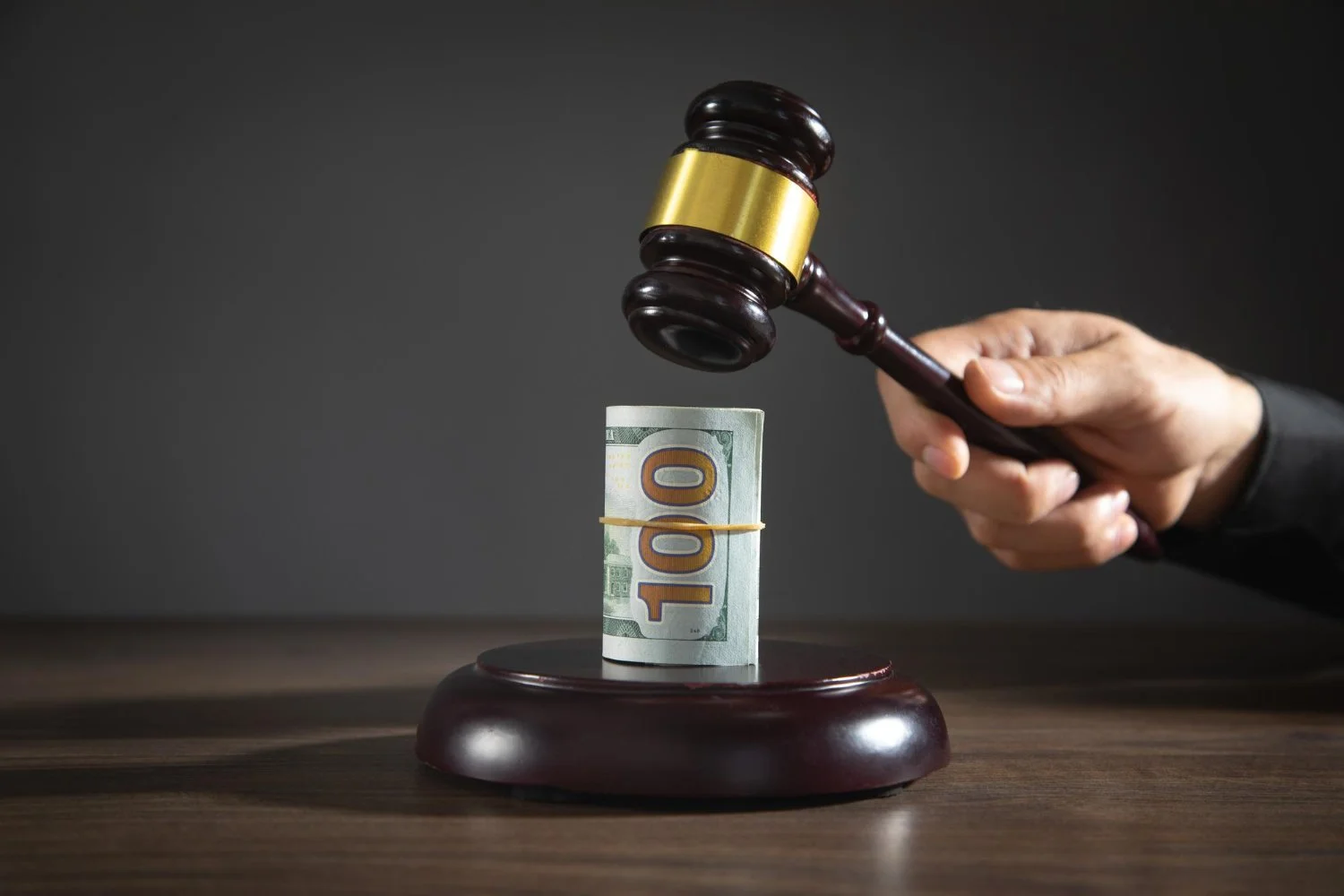Bankruptcy in the USA: Unmissable Facts for a Business Owner
Bankruptcy is a legal process effective when a person or business has massive debt and nothing left to repay. By filing for bankruptcy, an individual is free from all obligations and can repay a particular portion of the debt. Before filing for bankruptcy, the business owner should discuss it with an experienced bankruptcy attorney in OKC.
The expert can suggest whether it is an excellent idea to pursue bankruptcy or if other options are still available. Continue reading this article to learn about the basics of bankruptcy, its types, and how it works in detail.
What Is Bankruptcy?
As we have mentioned earlier, when a business owner can't repay all the business-related debts, they file for bankruptcy to pay creditors' money. In general, debtors apply in court for filing bankruptcy.
This legal procedure frees the person from all the debts they have. In this procedure, the court evaluates all the assets and properties, sells them and uses the money to repay the creditors.
Chapters in the United States Bankruptcy Code correspond to the various bankruptcy types. For instance, Chapter 11 bankruptcy deals with the reorganization and reemergence of businesses, while Chapter 7 bankruptcy deals with the financial difficulties of individuals. There is also another category as Chapter 13 that deals with huge property or assets.
What Are the Types of Bankruptcy Procedures?
Every kind of bankruptcy has the primary goal of freeing the business from all the debt, but the way is different entirely. Let’s learn about it step by step!
● Understand Chapter 7 Briefly
A business or person can file for Chapter 7 bankruptcy when they don't have many assets or at least valuable properties. For example, if a business owner only has vehicles, household goods, and other exempt property, they don't need to repay the unsecured debts, including medical expenses and credit card balance. But when they have valuable assets like bonds and unique stamp collection, they will be liquidated in order to repay the debt.
● Ask Your Bankruptcy Lawyer About Chapter 11
In this procedure, the business owners can still run their business, make profits and repay creditors' money simultaneously. The whole process will be under the supervision of the court. Your bankruptcy attorney will help the organizations create further business plans and cut unnecessary costs to increase revenue.
● Gathering Idea about Chapter 13
When an individual business owner or businesses have excessive personal properties or assets, they cannot file for bankruptcy 7. In that case, they have to file for bankruptcy 13. Throughout this process, business owners can repay their creditors with the help of a bankruptcy attorney while remaining in the industry.
The debtors can make the repayment plan on an installment basis, ranging from three to five years. This entire procedure is known as a "wage earner's plan."
Which Debts Does Eliminate Bankruptcy?
Bankruptcy can eliminate some common debts, such as credit card balances or medical expenses. But some unforgivable debts cannot be undone. The following are reaffirmed debt, student loan debt, court fines and penalties, court-ordered alimony, government fines or penalties and reaffirmed debt.
Seek Legal Help
Bankruptcy is indeed a complex legal procedure. This process must require proficiency, in-depth knowledge and excellence in the legal field. That's why you must consult with your business lawyer at every step. Anyway, if you are considering filing for bankruptcy, contact us at Reneau Law Group in OKC.
**Disclaimer: The above article does not imply a relationship between attorney and client, nor does it aim to provide any legal advice.

